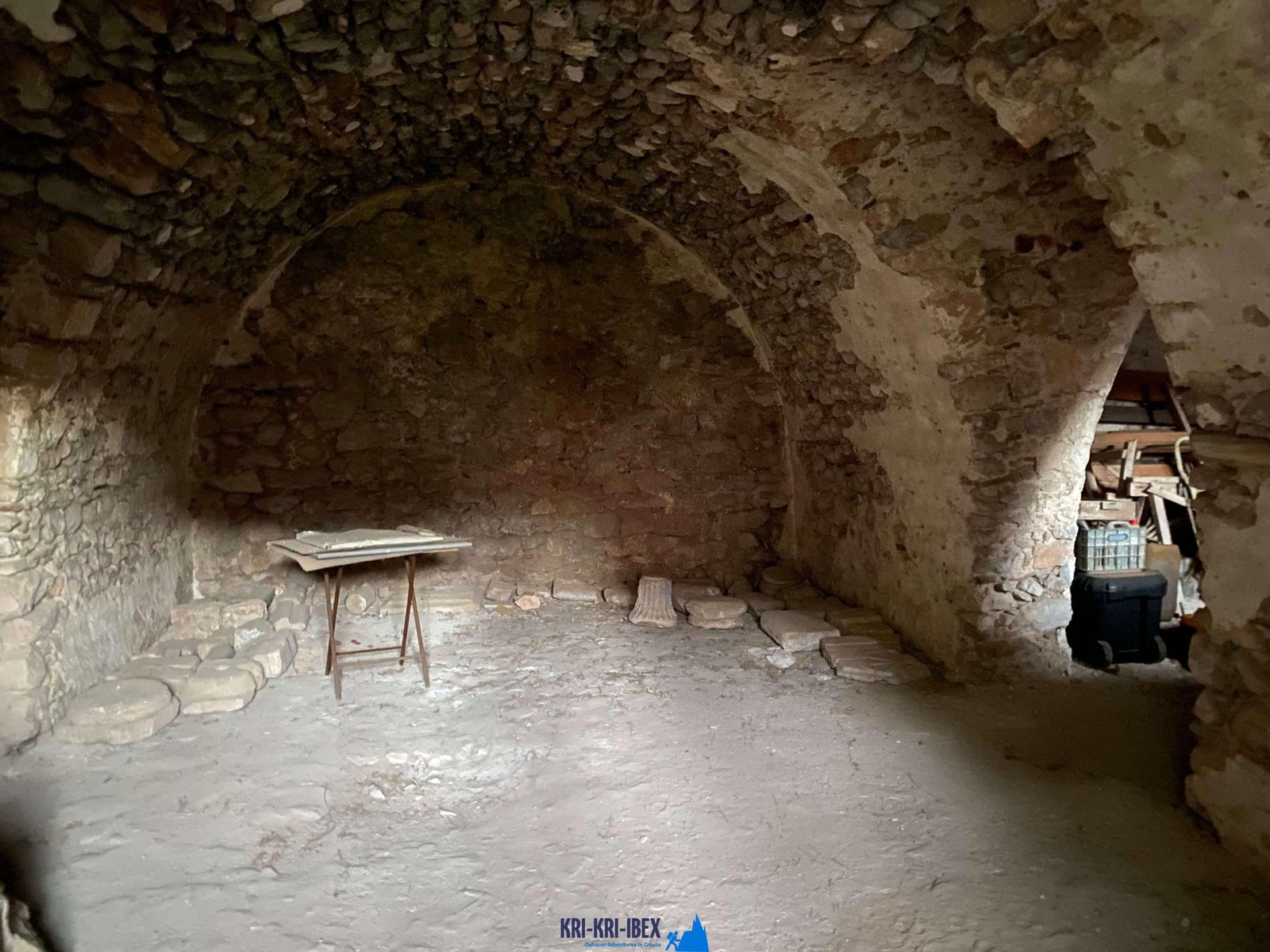The best exterior experience on Sapientza island. Kri Kri ibex searching in Greece!
The best exterior experience on Sapientza island. Kri Kri ibex searching in Greece!
Blog Article

The Peloponnese peninsula on the Greek Mainland is frequently referred to as the 'actual' Greece. Because it has actually handled to remain relatively unblemished by mass tourist and also maintains much of its traditional beauty, this is. Peloponnese is the area for you if you're looking for an authentic Greek experience. And also what better method to explore this stunning region than on one of our outdoor hunting, fishing, as well as cost-free diving tours?

Hunting Kri-Kri Ibex on Sapientza Island is a satisfying yet difficult task. The ibex reside in sturdy, rough terrain that can quickly leave you without footwear after just two journeys. Capturing a shotgun without optics can likewise be a difficult task. Nevertheless, the hunt is well worth it as the ibex are several of one of the most stunning pets worldwide. Greece is a remarkable nation with an abundant history as well as culture. There are lots of tourist possibilities available, consisting of walking, sightseeing and tour, and certainly, searching. Greece offers something for everyone and also is definitely worth a go to.
What to Expect on a Peloponnese Tour? You can expect to be blown away by the all-natural elegance of the location when you reserve one of our searching and visiting Peloponnese Tours from Methoni. From the immaculate beaches to the hills as well as woodlands, there is something for every person to enjoy in the Peloponnese. Furthermore, you will certainly have the opportunity to taste some of the very best food that Greece has to use. Greek food is renowned for being delicious as well as fresh, and you will most definitely not be dissatisfied. Among the best components about our trips is that they are designed to be both fun and instructional. You will certainly find out about Greek background as well as culture while also getting to experience it firsthand. This is a remarkable possibility to submerse on your own in everything that Greece needs to offer.
If you're seeking a genuine Greek experience, then look no more than our outside hunting in Greece with fishing, and also totally free diving excursions of Peloponnese. This is an unforgettable means to see everything that this remarkable area has to offer. Schedule your excursion today!
What is the diference between Kri Kri ibex, Bezoar ibex and hybrid ibex
The kri-kri is not thought to be indigenous to Crete, most likely having been imported to the island during the time of the Minoan civilization. Nevertheless, it is found nowhere else and is therefore endemic to Crete. It was common throughout the Aegean but the peaks of the 8,000 ft (2,400 m) White Mountains of Western Crete are their last strongholds–particularly a series of almost vertical 3,000 ft (900 m) cliffs called ‘the Untrodden’—at the head of the Samaria Gorge. This mountain range, which hosts another 14 endemic animal species, is protected as a UNESCO Biosphere Reserve. In total, their range extends to the White Mountains, the Samaria National Forest and the islets of Dia, Thodorou, and Agii Pandes.
This Ibex is NOT a diminutive form of the Bezoar Ibex, which has migrated into the western-most reach of the range of this species. The kri – kri (Capra aegagrus cretica), sometimes called the Cretan goat, Agrimi, or Cretan Ibex, is a feral goat inhabiting the Eastern Mediterranean, previously considered a subspecies of wild goat. The kri-kri has a light brownish coat with a darker band around its neck. It has two horns that sweep back from the head. In the wild they are shy and avoid tourists, resting during the day. The animal can leap some distance or climb seemingly sheer cliffs.
“The agrimi goat Capra aegagrus cretica is unique to Crete and its offshore islands. It has been identi®ed as a sub-species of the wild bezoar goat Capra aegagrus aegagrus Erxleben, 1777, which it closely resembles in horn shape, body form and coloration. This classi®cation has been disputed by some researchers who claim that the agrimi are feral goats, derived from early domestic stock brought to the island by the ®rst Neolithic settlers. In order to clarify this issue, DNA analyses (cytochrome b and D loop sequences) were carried out on tissue of live and skeletonized agrimi and compared to sequences of wild and domestic caprines. Results conclusively show the agrimi to be a feral animal, that clades with domestic goats (Capra hircus) rather than with wild Asiatic bezoar. This study demonstrates that morphometric criteria do not necessarily re¯ect genetic af®nities, and that the taxonomic classi®cation of agrimi should be revised.”
Report this page